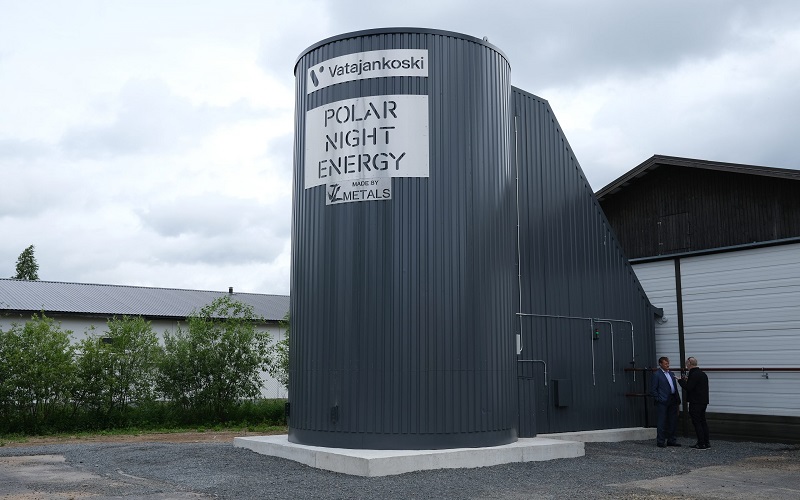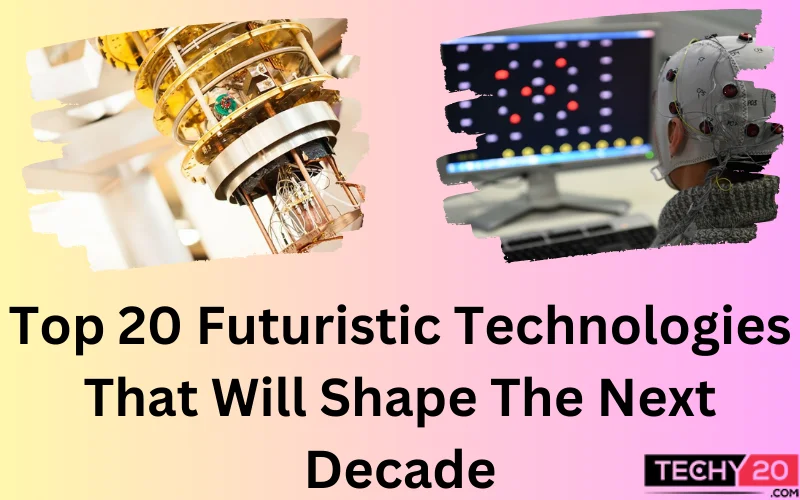In recent decades, a remarkable technological renaissance has unfolded, reshaping industries, societies, and the very fabric of human existence. Our lives are now intertwined with digital innovations, as we engage with devices and platforms that have become integral to our daily routines. Yet, as we stand on the precipice of the future, the question arises: What lies ahead in the next 10 years? In this article, we venture into the realm of future possibilities, exploring the top 20 technological megatrends and emerging innovations that will shape the next decade.
1. Applied Artificial Intelligence
AI is a transformative tech trend, evolving rapidly. By 2024, AI-generated speech will drive over 50% of computer interactions. The quest for effective AI use continues, with significant impact reported by less than a quarter of companies. By 2030, exponential improvements in processing power, voice and image recognition, and deep learning are expected. AI’s progress might lead to virtual assistants passing the Turing Test, revolutionizing interactions and potentially extending to virtual worlds and gaming characters.
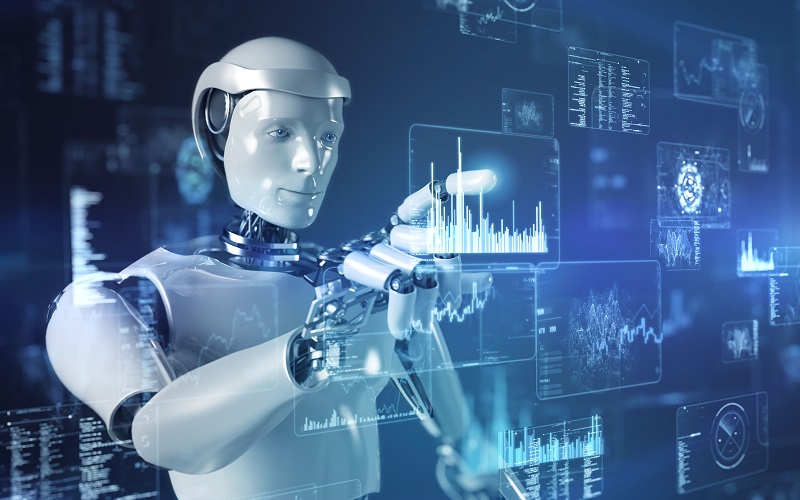
2. Brain-Computer Interfaces
Neural interfaces like brain-computer interfaces (BCIs) are propelling human-machine interaction to new heights. Imagine communicating directly between the brain and electronic devices – from controlling prosthetics to enhancing cognitive abilities. Although in the early stages, these interfaces hold immense potential. BCIs could revolutionize medicine, aiding stroke recovery, cancer detection, and more. While challenges remain, including material compatibility and brain understanding, the future envisions a world where minds and machines intertwine for transformative possibilities.
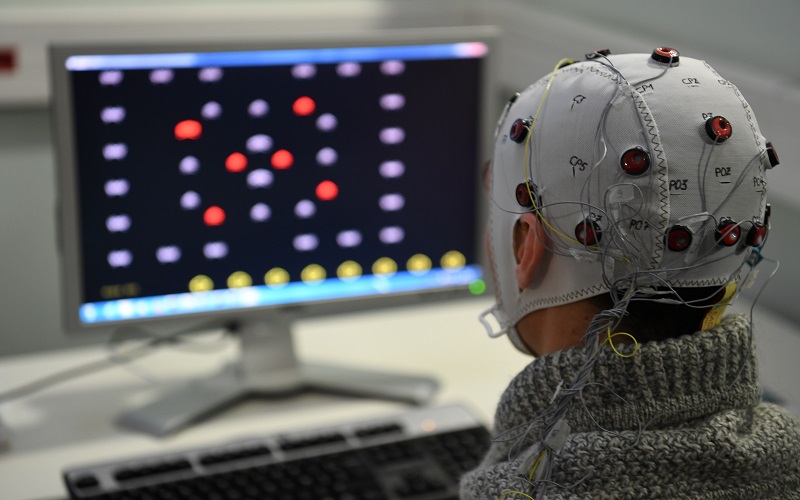
3. Smart Dust
Smart dust, which is actually minuscule sensors, can gather extensive data like light and temperature across large areas. They offer the potential for detecting pipe corrosion, urban movement tracking, and climate monitoring. However, concerns arise over ecological impact and misuse. Despite promises, challenges remain in the form of communication difficulties, susceptibility to environmental factors, and vulnerability to microwaves. While promising, implementing this technology presents hurdles that need addressing before widespread use.
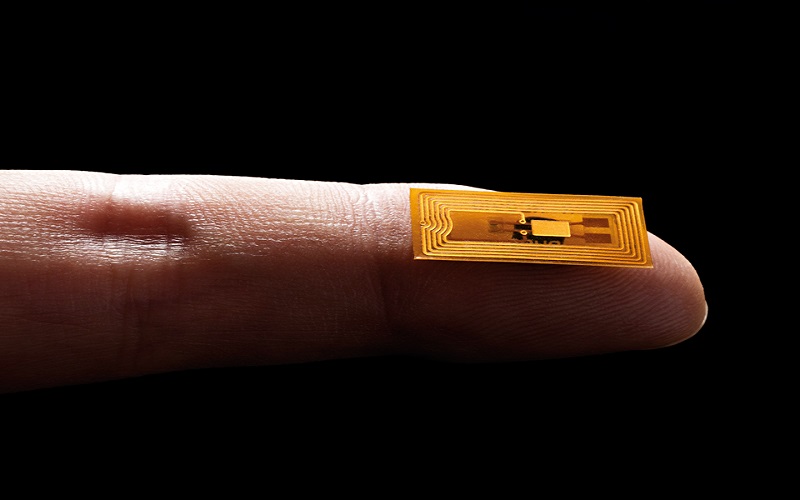
4. Hyperloop
The hyperloop envisions an underground, low-pressure tube for high-speed travel. Capsules, lifted by electromagnetic systems, reach incredible speeds of up to 1,102 km/h, surpassing planes. It reduces air resistance, noise, and pollution. However, challenges include costly tunnel construction at $75M per km, maintaining vacuum conditions, and ensuring safety measures for passengers in emergencies. This ambitious technology offers transformative potential, yet practical implementation faces significant hurdles.
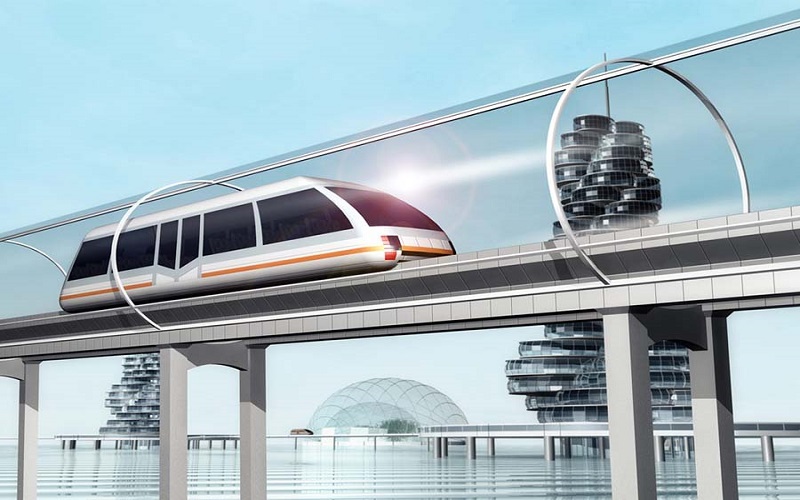
5. Process Automation And Virtualization
Advanced automation and virtualization may automate half of the work tasks in the coming decades. McKinsey foresees 50 billion Industrial Internet of Things (IIoT) devices by 2025, producing vast data (around 79.4 zettabytes yearly) through robots, 3D printing, and automation. This surge in connectivity and data holds the potential to reshape industries and work processes significantly.
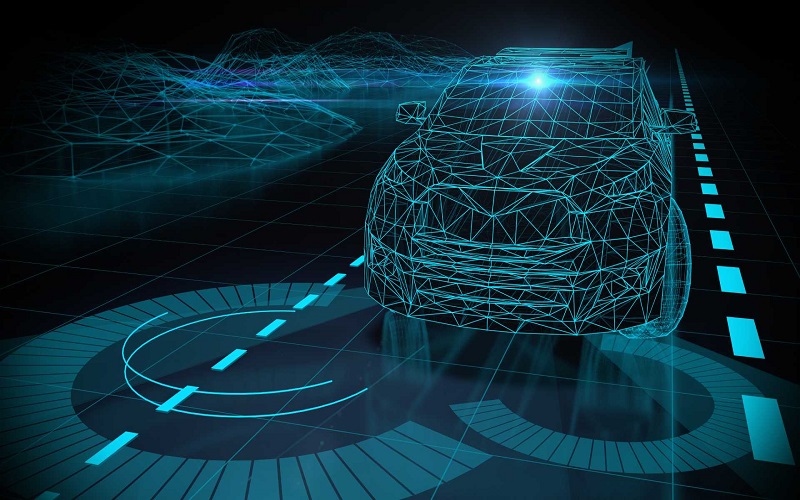
6. Datafication
Datafication, a key trend, transforms daily life into quantified data, powered by Big Data, AI, and machine learning. This shift aligns with platform economies and digital ecosystems, enabling profound insights and predictions. As algorithms become adept at forecasting and influencing needs, questions arise about personal agency and the potential for algorithms to surpass human understanding and control.

7. Nanotechnology
Nanotechnology manipulates matter at the atomic level, holding potential in materials, medicine, and electronics. Envisioned applications include internal healing robots, cancer cell elimination, and environmental cleanup using nanobots. Looking ahead, these possibilities may become reality in over 30 years, addressing significant global challenges and revolutionizing various industries with transformative innovations.
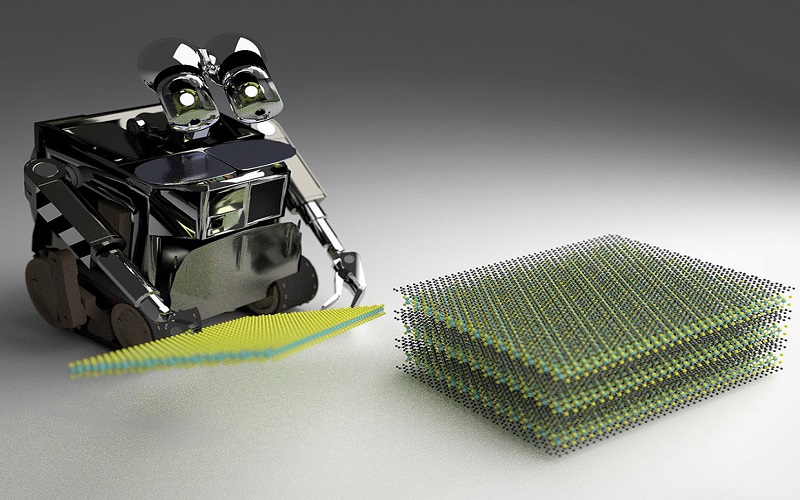
8. Artificial Brain Implants
By 2030, artificial brain implants could restore brain areas damaged by Alzheimer’s or injuries, even recovering lost memories. These devices mimic brain signals, bridging gaps between damaged regions. As we progress into the 2030s and 2040s, these implants will enhance their ability to replicate intricate brain functions, offering potential breakthroughs in neurological restoration and memory repair.

9. Nanoscale 3D Printing
3D printing’s potential is hindered by cost and speed limitations. However, a breakthrough using “femtosecond projection TPL” promises 3D printing at incredible speed (X1000) while maintaining quality. This innovation, also known as “Nanoscale 3D printing,” could revolutionize fields like flexible electronics and micro-optics.

10. Energy-Storing Bricks
Scientists at Washington University in St. Louis have devised a method to turn common red bricks into “smart bricks” capable of storing energy like batteries. Although in its early stages, this proof-of-concept research shows promise. These bricks, coated with PEDOT and utilizing their porous structure, transform into energy-storing electrodes. The iron oxide present in the bricks aids the process, potentially leading to walls that efficiently store and release energy, opening new possibilities for sustainable building materials.

11. Quantum Computing
Advances in silicon chips and quantum computing promise a new era of problem-solving. Quantum computers process complex tasks exponentially faster, potentially revolutionizing cryptography, materials research, medicine, and more. By 2030, IBM and Google might develop million-qubit quantum computers, marking a technological leap comparable to the discovery of electricity. While full-scale quantum computers for the public could arrive by 2035, their transformative impact is poised to redefine computing’s boundaries.

12. Space Technology
Space technology’s rapid progress yields diverse possibilities, including space tourism, asteroid mining, and off-planet colonies. Advances like reusable rockets, satellite tech, and Mars exploration are redefining space’s role. Practical applications extend to Earth, and with growing commercialization, space stations could emerge in 20-30 years, while Moon or Mars settlements could become a reality in 50 years, marking a new era of human expansion beyond our planet.
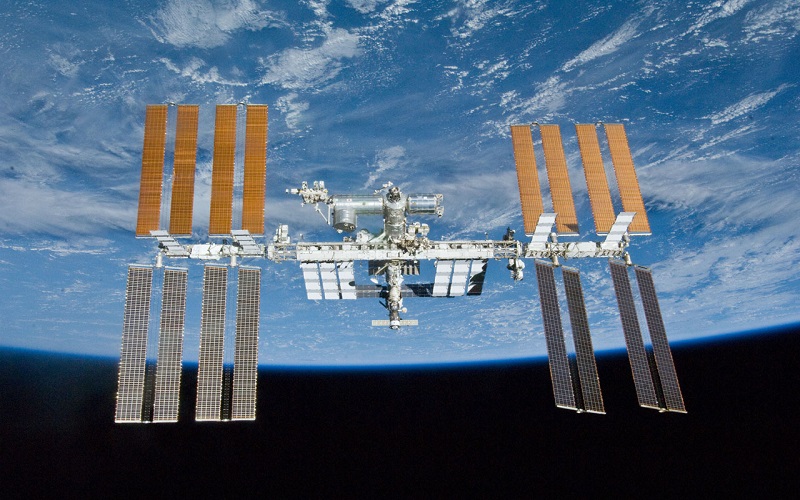
13. Metaverse & Immersive Media
The metaverse is an evolved virtual universe, uniting various realities for limitless experiences in work, education, and socializing. Blending physical and virtual realms erases constraints, allowing endless creativity and exploration. In 15-20 years, we might immerse in virtual realities for work, social interactions, and leisure, where physical laws don’t apply, and possibilities are boundless. It’s a transformative frontier reshaping how we live, connect, and engage.
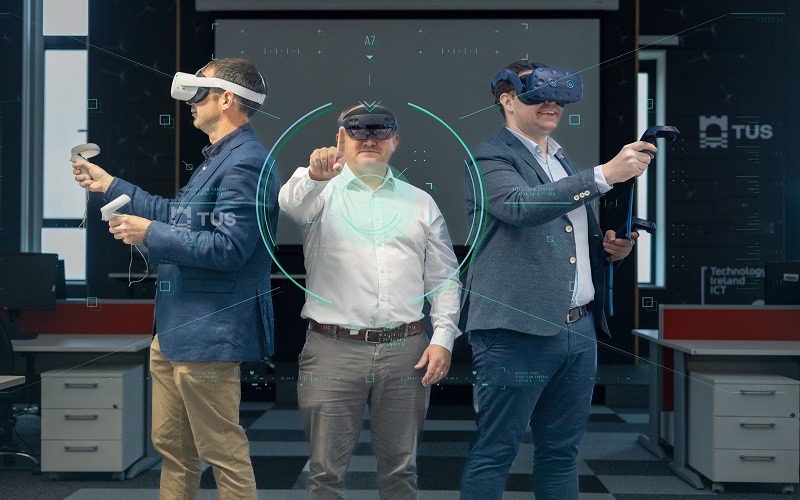
14. Smart Cities
Smart cities harmonize IoT, AI, and Big Data for sustainable, people-centered urban living. Advanced technologies optimize transportation, grids, waste management, and security, addressing overpopulation, pollution, and infrastructure challenges. As cities expand worldwide, this tech fusion drives enhanced urban services and quality of life, exemplifying a dynamic shift towards smarter, more livable urban spaces.
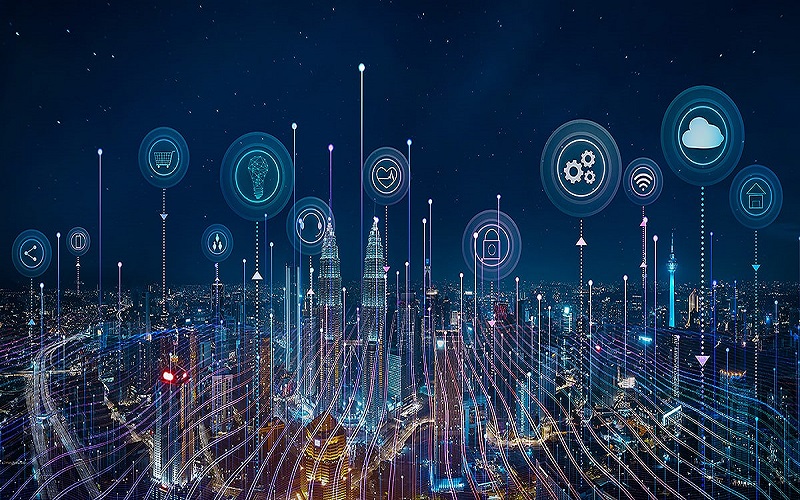
15. Necrobotics
Necrobotics, an emerging technology explored at Rice University, turns deceased creatures into functional robots. In a unique approach, researchers injected air into a dead spider, utilizing its hydraulics to create a gripping mechanism. Although in early stages, this concept holds potential for scientific advancement, sparking both fascination and eerie associations reminiscent of Frankenstein’s tale.

16. Neuromorphic Hardware
Neuromorphic engineering blends biology, physics, and electronics to recreate neurons’ sensory response using silicon. With Moore’s law limits and a need for rapid calculations, this SciFi-like concept could revolutionize AI. While its extent remains uncertain, it fuels theoretical AI research and potential breakthroughs, possibly shaping the future of computing and AI applications.
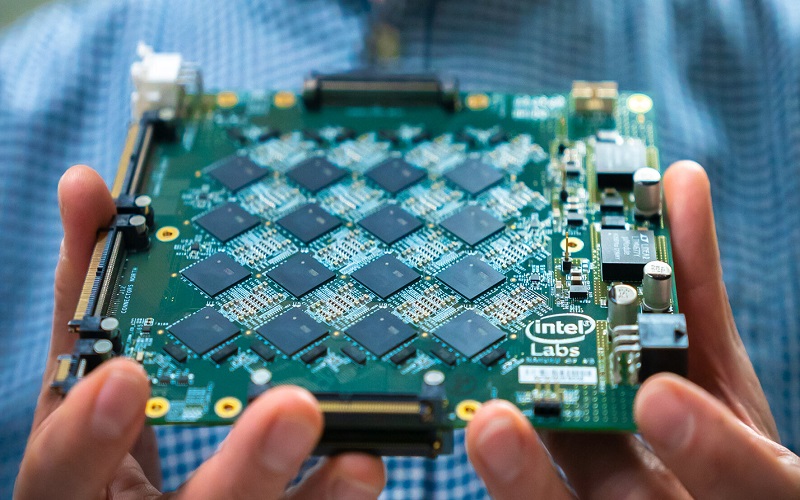
17. Anti-Aging Drugs
Promising treatments targeting age-related cell deterioration and inflammation are undergoing testing. These aim to enhance immune functions in older individuals and combat conditions like Alzheimer’s, cancer, and cardiovascular diseases. Examples include Unity Biotechnology’s knee arthritis drug, Alkahest’s cognitive loss prevention using young blood components, and the potential of rapamycin to improve immunity by 20%. While scientific hurdles exist, political pressure for healthcare reform is crucial for widespread adoption of these anti-aging approaches.

18. Quantum Internet
Quantum computing accelerates calculations, posing a threat to passwords’ security. Delft University researchers create a quantum Internet using qubits and entangled photons in optical fibers. Hacking or eavesdropping disrupts communication without decryption, preserving data integrity. The quantum Internet’s unique approach ensures information remains secure and private. Click the link below to delve into the fascinating science behind it.

19. AgTech
Amidst the pressing issue of global food security, technology emerges as a vital ally. AI, drones, and automation are transforming agriculture for efficiency and sustainability. Crop sensors, satellite imagery, and innovative indoor farming combat land loss and challenging climates. With urbanization rising, solutions like vertical farming play a pivotal role in ensuring ample food supply despite shrinking agricultural space and adverse weather conditions.
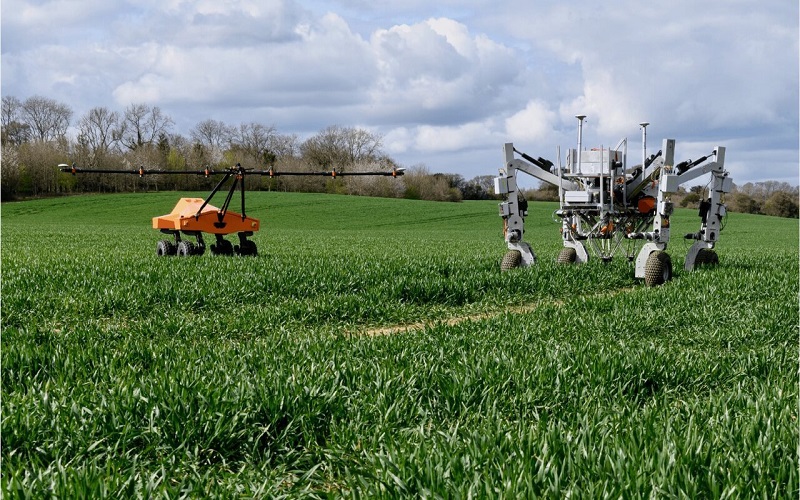
20. Sand Batteries
Finnish engineers have been successful in converting 100 tons of sand into a colossal battery by heating it with wind and solar energy. This stored heat can be later distributed to warm nearby buildings through resistive heating. This ingenious concept offers efficient and long-lasting energy storage, showcasing how uncomplicated ideas can shape a sustainable future. This really is a tale of harnessing simplicity for impactful innovation.
